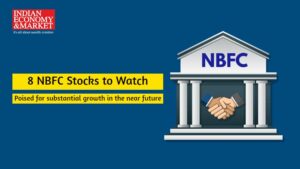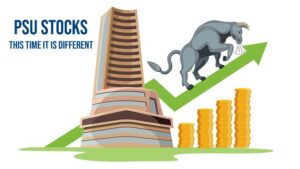To Focus on the Core Retail Loan Portfolio
By IE&M Research
LIC Housing Finance (LICHF), one of the largest specialized mortgage lenders in India, is promoted by the state-owned life insurance behemoth, Life Insurance Corporation of India (LIC) which holds a 40.3% stake in the company. With a balance sheet size of more than Rs 1,33,000cr the company has a network of 245 marketing offices spread across the country. The company’s incremental average ticket size of the loans stood at 18.5 lakhs while the average cumulative ticket size stood at 12lakhs. The credit portfolio Rs 1,27,000cr, of which, 97 percent is derived from the retail segment. The company has a low-risk business model as 82 percent of the loans are disbursed to salaried customers. Loans to individuals account for 87.8 percent of the outstanding loan book and the segment is the key focus area of the company. LAP accounts for 9.3 percent and loans to developers account for 2.9 percent of the total outstanding loan book.
LIC Housing Finance (LICHF) reported PAT growth for 1QFY2017, remained muted while the performance at the operating level continued to be decent. There are early signs of improvement in retail, housing in some pockets, giving an impression that the growth will pick up. The stock currently trades at 2.1x its FY2018E ABV. LICHF intends to focus on the core retail loans portfolio going ahead with the non-retail loans portfolio correspondingly continuing to be the growth lever. Individual home loans continued to report decent growth: The company’s loan book grew by 15.4%. Core retail loans grew by 9.3% yoy, LAP grew by 123% yoy, while developer loans were up 39% yoy. While the company has been aggressive and been able to post significant growth in these two segments in the last few quarters, there is further scope for growth if industry trends are taken as an indication.
Asset quality weakened marginally, but not a cause of worry. The ageing of two NPA accounts from the developer loans segment resulted in incremental provisions to the tune of 92cr; hence, the overall provisions jumped to 116.5cr vs 44.3cr in 1QFY2016. As a result, the PAT growth for the quarter was contained at 6.7 percent yoy to 407.8cr.
Although higher provisions due to ageing of some NPAs dented the bottom-line for the quarter, yet the result has convinced about the company’s ability to contain asset quality pressures and its potential to push growth going ahead.
NIM likely to have a positive bias: For 1QFY2017, the incremental yield and incremental costs stood at 10.68 percent and 8.70 percent vs 10.80 percent and 8.96 percent respectively in the corresponding quarter a year ago. Incremental spread for the quarter stood at 1.98 percent vs 1.74 percent in 1QFY2016 and hence the NIM improved by 20bp yoy to 2.61 percent. However, the NIM declined on a qoq basis by 10bp. NIM is expected to remain steady going ahead with a positive bias, drawing support from the increasing exposure to high yielding LAP and developer loans.
The company’s loan book grew by 15.4 percent yoy during the quarter, thereby reporting another quarter of strong growth. LAP grew by 123 percent yoy, developer loans were up 39 percent yoy, while core retail loans grew by 9.3 percent yoy. The share of LAP+ developer loans in the books increased to 12.2 percent vs 11.5 percent in the sequential previous quarter and vs 7.3 percent in the corresponding quarter a year ago.
The Management intends to focus on the core retail loan portfolio going ahead with the non-retail loan portfolio correspondingly continuing to be the growth lever.
(A disclaimer: The views expressed herein as of July 25, 2016 are based on publicly available information and other sources believed to be reliable. The information contained in this document does not have regard to specific investment objectives. Neither IE&M nor any person connected with them, accepts any liability arising from the use of this document.)






















